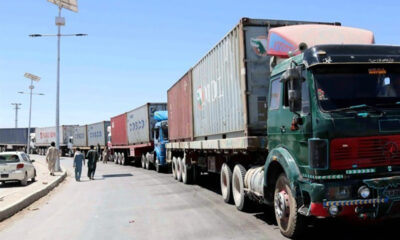Business
Honey production increases in Nangarhar province
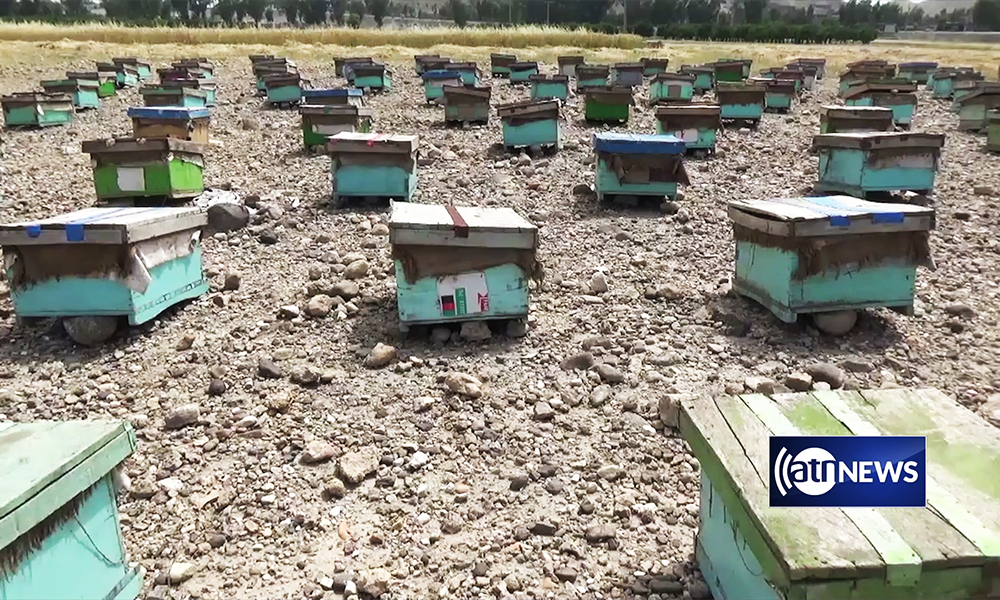
Nangarhar officials said this week that domestic honey production has increased this year, against last year, and that so far, 650 tons has been produced.
Beekeepers have said however that recent political developments and drought have affected their trade.
But officials at the Nangarhar Department of Agriculture say significant steps have been taken to address beekeepers’ problems.
Beekeepers in Nangarhar, like in other parts of the country, plant seasonal flowers for their bees. However, with fewer shrubs and flowers, due to drought, they have been forced to move their bees across the Durand Line into Pakistan, which they say has created problems for them.
They say they are made to pay taxes and in some cases bribes.
“If flowers are planted for us in the tropical parts of Afghanistan, we will not need to go to Pakistan,” said beekeeper Rahman Gul.
“Across the Durand Line, they take money from us as much as they can for each beehive,” he said.
But honey sellers in Jalalabad are happy and say that trade is improving daily after the change in the political system.
“We have different honey, but most people like Nangarhar honey,” said Ekhteyar Jan, a honey seller.
Officials from the Nangarhar Agriculture Department said honey is currently exported to different parts of the country, and that necessary measures have been taken to solve the problems of beekeepers.
Dr Zamir Behsudi, a representative of the Nangarhar Department of Agriculture, said: “Our honey production has increased compared to previous years and even our domestic honey has been exported to foreign countries. It still has a good market and demand and we have a plan for beekeepers to plant them flowers.”
Business
Iran exports non-oil goods worth over $2 billion to Afghanistan in 11 months
Afghanistan was Iran’s fifth top export destination between March last year and February this year
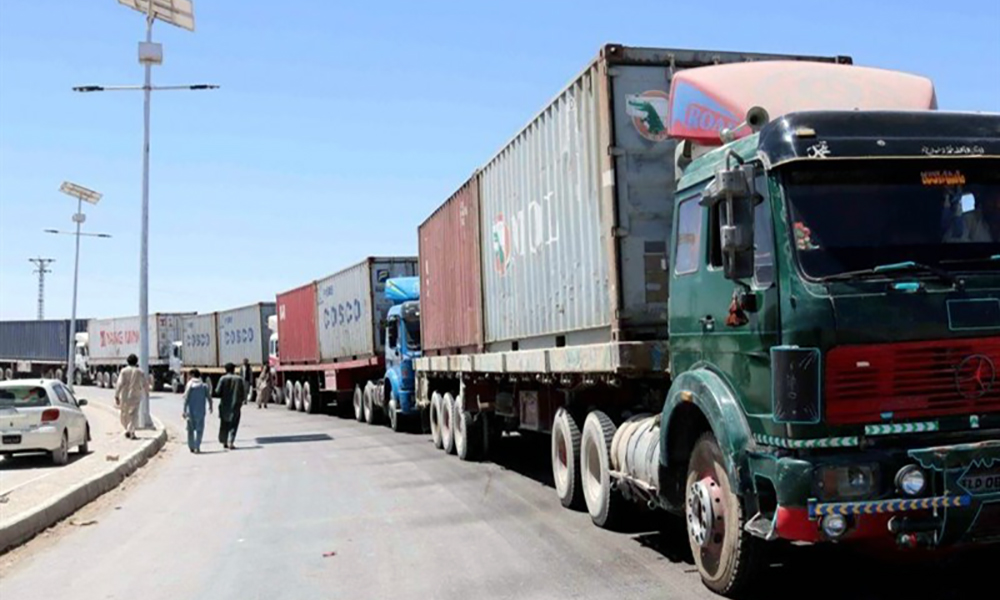
Iran exported non-oil commodities worth $2.2 billion to Afghanistan during the 11-month period from March 20, 2024 to February 18, 2025, the head of Iran Customs Administration (IRICA) said.
Foroud Asgari said Afghanistan was Iran’s fifth top export destination in the mentioned 11-month period, Tehran Times reported Sunday.
In the past year, Afghanistan and Iran have forged closer trade ties. In February, the governors of both central banks met on the sidelines of a banking technology summit in Yekaterinburg, Russia, where they discussed strengthening monetary and banking cooperation.
Also, in October, ports and maritime officials of Iran and Afghanistan met to discuss investment opportunities for the Afghan private sector in Iran’s southeastern Chabahar Port.
Tehran Times reported that this meeting was attended by the director general of the Ports and Maritime Department of Sistan-Baluchestan Province, the governor-general of the province, some Iranian MPs, and officials of the Afghanistan Trade and Industry Ministry.
Meanwhile, in a meeting with an Iranian trade delegation in Kabul last August, Afghanistan’s interim Deputy Prime Minister Mullah Abdul Ghani Baradar Akhund said that his country is eager to attract Iranian investors in order to develop the Afghan mining industry, generate solar electricity and expand railway connectivity.
The Iranian delegation also proposed to launch a joint special industrial zone with Afghanistan.
Afghanistan supplies more than 80 percent of its market needs through imports, and imports from Iran constitute 25 percent of this amount.
The establishment of national security and the central government in Afghanistan over the past two years have improved the conditions of trade between the two countries.
Business
Trump unveils first $5 million ‘gold card’ visa
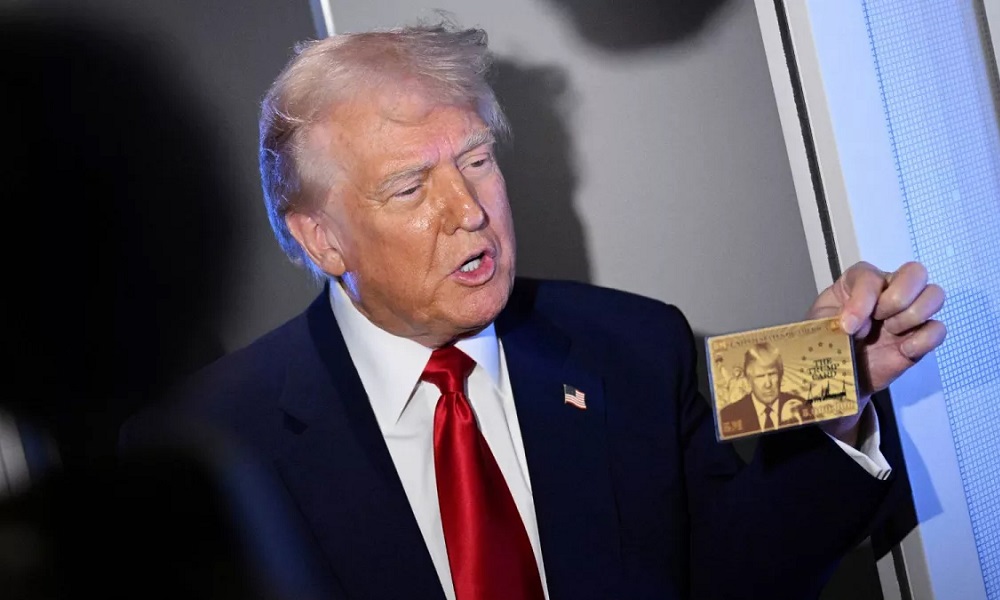
Holding a prototype that bore his face and an inscription “The Trump Card”, the Republican president told reporters that the special visa would probably be available “in less than two weeks”.
“I’m the first buyer,” he said. “Pretty exciting, huh?”
Trump previously said that sales of the new visa, a high-price version of the traditional green card, would bring in job creators and could be used to reduce the US national deficit.
The billionaire former real estate tycoon, who has made the deportation of millions of undocumented migrants a priority for his second term, said the new card would be a route to highly prized US citizenship.
He said in February that his administration hoped to sell “maybe a million” of the cards and did not rule out that Russian oligarchs may be eligible.
(AFP)
Business
Trump imposes 10% tariff on imports from Afghanistan
The tariffs, he said, were a response. The base tariff of 10 percent on almost all US imports will be imposed by April 5, the additional reciprocal tariffs on countries will kick in on April 9.

President Donald Trump on Wednesday announced a range of tariffs targeting almost all countries that the United States trades with including Afghanistan.
Trump announced the tariffs in an executive order alongside an address in the Rose Garden at the White House on Wednesday.
In the executive order, Trump said while the US trading policy has been built on the principle of reciprocity, taxes and barriers on US products by its trading partners had hurt the US.
The tariffs, he said, were a response. The base tariff of 10 percent on almost all US imports will be imposed by April 5, the additional reciprocal tariffs on countries will kick in on April 9.
During his address, Trump made the argument that the US is charging its trading partners with smaller tariffs compared with the tariffs and non-tariff barriers that the partners impose on the US.
“For decades, our country has been looted, pillaged, raped and plundered by nations near and far, both friend and foe alike,” Trump said.
“If you want your tariff rate to be zero, then you build your product right here in America,” he said.
According to information from officials at the Chamber of Commerce and Investment, currently the total volume of trade between Afghanistan and the United States is between $8 and $10 million annually.
Afghan private sector representatives call on the US to reconsider Afghanistan’s inclusion in the tariffs list.
“It will undoubtedly affect us to some extent. Our trade with the US is small, but important items are exported, such as handicrafts, an industry in which women especially work. Handicrafts such as hats are exported. Antique items that are very important to know our identity are also exported. Dried fruits and sometimes fresh fruits and carpets are also exported,” Khan Jan Alokozai, a member of the Chamber of Commerce and Investment, said.
Abdul Qasim Amarkhel, head of the Dried Fruit Exporters’ Union, says: “The 10% tariff is cruel and illegal. This country is not China or Europe, but Afghanistan. Our dried fruit exports to the US are not that high. It is around $10 million. We ask the US to reconsider this decision. It should also release our frozen funds.”
Afghanistan’s exports to the US are mainly carpets and dried fruits.
-

 Latest News5 days ago
Latest News5 days agoAfghanistan’s reconstruction is in the interest of EU: Uzbek president
-
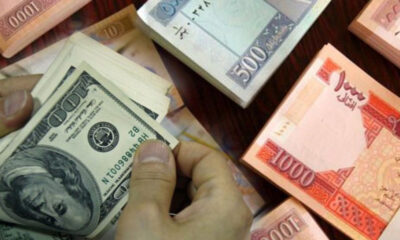
 Latest News4 days ago
Latest News4 days agoMinistry of Economy calls on US to release Afghanistan’s frozen funds
-

 Latest News5 days ago
Latest News5 days agoBulgaria brings five people to trial over deaths of 18 Afghan migrants
-

 Latest News4 days ago
Latest News4 days agoPakistan ‘extends’ deadline for a week for Afghans to leave the country
-

 Business5 days ago
Business5 days agoGold climbs to record high as tariff worries bolster safe-haven demand
-

 Sport4 days ago
Sport4 days agoIPL 2025: Batters in race for prestigious Orange Cap
-

 World4 days ago
World4 days agoAs Iran tensions build, US military moves warplanes to reinforce Middle East
-

 World5 days ago
World5 days agoIsrael kills Hezbollah official in deadly Beirut airstrike




